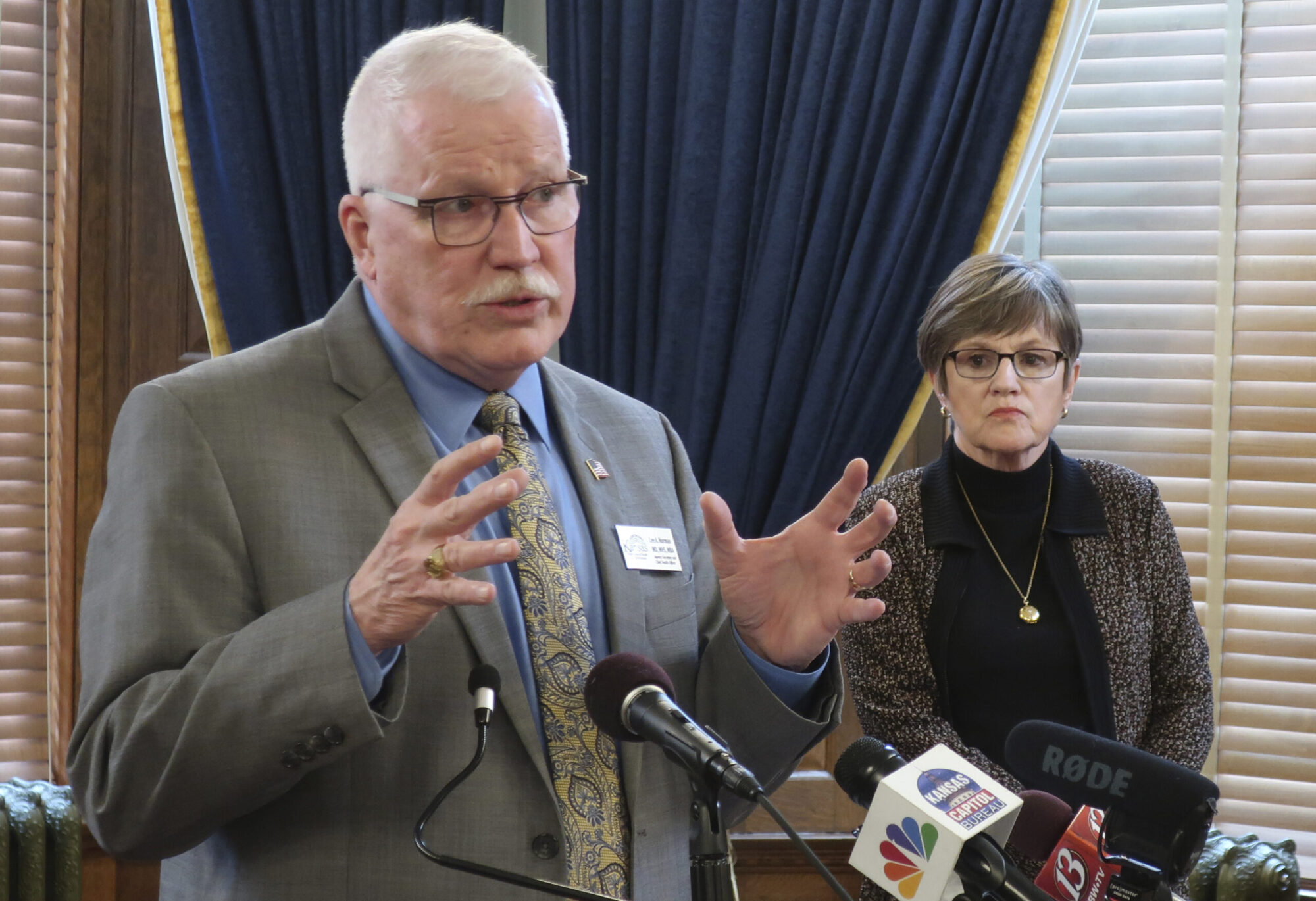After several Senators changed their votes and a call of the Kansas Senate was rescinded, 21 Senators voted passed a school funding bill that would add approximately $274 million in new spending to public schools over the next five years.

The Kansas House approved legislation to add $500 million in new school spending over the next five years, and now a conference committee of lawmakers from both chambers will work out the differences.
Sen. Ty Masterson, an Andover Republican, initially passed, but he would later vote in favor of the legislation. He said newspapers and some lawmakers peddle misinformation when they say that money alone makes the difference in educational outcomes.
“Money matters, but it only matters if you spent it on the right thing,” Masterson said. “It’s about what it’s spent on.”
Senators needed 21 votes to adopt their version of a school financing mechanism, and it appeared at first that they might fall short. Several lawmakers passed rather than voting on a first vote. A handful of Senators switched their votes on another pass. With the vote stalled at 20-19, the chamber was closed as they awaited the return of Sen. Rob Olson, a Johnson County Republican, who was an hour away.
Democratic Senators voted against the measure. Senate Minority Leader Anthony Hensley called the Senate’s bill inadequate.
“I don’t think this bill meets constitutional muster,” Hensley said. “…I do not believe it will meet or comply with the Court order in the Gannon case.”
In that school funding lawsuit, Supreme Court Justices mandated that the Kansas Legislature adopt a new school financing mechanism by April 30. Legislators are scheduled to adjourn for three weeks tomorrow. By Thursday afternoon, the clock was ticking.
The Senate’s proposal adds $29 in additional funding to base state aid per pupil next year, and then by $76 the following year, and then $78, $80 and finally $82 in the fifth year. The proposal also shifts money that was once divvied to schools based on low and high enrollment to base state aid, making the first year’s base number appear larger.
Hensley called that dollar shift “hocus-pocus,” but Senate Education Committee Chair Molly Baumgardner said it just makes sense to move that money to the base state aid column, because every district receives a weighting for low or high enrollment.
“We are not pretending this is new money or different money,” she said.
After enough Senators changed their votes to pass the legislation, the call of the Senate was lifted. Olson didn’t cast a vote.



